The most extreme adventures are often hosted by the most extreme conditions. In our case, the majority of those adventures involve water – whether on the beach, underwater, on the water, or in the snow. Electronics are ever-evolving and continuously growing tougher but most of our devices still require waterproof cases and the utmost care to prevent damage from the environment. Now that we live on a boat we are also learning that pretty much everything we own must be ‘marine-grade’ to withstand the harsh salty air and salt water.
We live in a generation where electronic devices like computers, radios and phones are much more than just toys. They are communication devices that help us increase efficiency. Just like some athletes like to stay ‘in the zone’ with portable music players, we like to bring our tunes with us when we go to the beach, paddleboard, surf, snorkel and go spearfishing. Unfortunately, regular MP3 players or iPods don’t hold up for these kind of activities.
Before we set sail almost a year ago, AudioFlood introduced us to a product we didn’t even know existed: A waterproof iPod! They promptly shipped us two of these handy devices and we’ve spent the last 6 months putting them to the test.
Keep reading to see the pro’s and con’s we’ve experienced with this device as well as seeing proof in the pictures of Peter rocking out while enjoying some underwater activities in our travels through the Caribbean. Music puts us in a meditative state and keeps us in the zone. It’s amazing how music can increase his attention, especially while hunting lobster :)
AudioFlood uses a unique waterproofing process that fills the entire inside of a genuine Apple iPod Shuffle with a continuous layer of soft yet highly corrosion resistant sealant. Also, unlike other waterproofing processes, AudioFlood never exposes their devices to temperatures above room temperature to prevent damage to the battery. For more information about the waterproofing process or to learn where to buy one, please visit AudioFlood’s website.
PROS:
-Great for those that are supposed to wear earplugs in the water
-Depth rated for over 250 feet (although we believe it is not safe to use earplugs while diving to depths where you need to clear your ears)
-Impervious to salt water or pool chlorine
-The ear piece is soft rubber so it doesn’t irritate our ears
-The buttons on the iPod are not inhibited by the waterproofing process like a waterproof case does to the buttons on a phone
-Several available colors for personalization
-Fast syncing
-In the gym, these earphones won’t slip out like Apple’s do after getting sweaty
-Comes with a USB charging cable for easy use with a 12volt adaptor
-Great sound quality (as expected by Apple products) and unaffected by waterproofing
-Amazing technology that would be helpful for all electronics in harsh marine environments
-The technology protects from the inside-out so it doesn’t break down or fail as easily as a waterproof case
-Using an iPod is less cumbersome than carrying a smartphone or radio on Extreme Adventures
-Can be used for solo activities like surfing, diving, swimming, paddleboarding and snowboarding where most other electronics cannot be used
-Provides a function to play music that can be relaxing, meditative, focusing or mood enhancing
-Includes a short cord to prevent tangling
-Incredibly durable
CONS:
-For guys not wearing a shirt, the iPod must be clipped to a hat instead and the earbuds are then upside down and easily fall out
-Loss of hearing: the ear pieces are airtight and inhibit any nearby sounds (This can be dangerous if you need to be able to hear things like a continuously running water pump, alarms, horns, nearby boats approaching while underwater, or any other audible danger)
-The devices are only sold in 2 gb sizes, which really doesn’t allow for much song storage
-Not recommended for fishing due to loss of sound (can’t hear birds working, boils reels zinging or engine of the boat)
-Water did get into the hollow part of the ear piece and it was difficult to blow out
**DISCLAIMER: Extreme care must be taken if using products like this under water. Please consult a professional before using this product while diving or freediving. Where The Coconuts Grow does not guarantee similar results to the experiences we have shared here and makes no claim on the safety of using this product during any type of activity. We shall not be held liable for any damage incurred while using this product.
IN CASE YOU WERE WONDERING… We are PROUD to share these awesome products and services with our readers. There are so many different solutions out there for everything we could possibly need, but these are the solutions that work for us.
This post may contain information about a product sponsorship. We gladly accept discounts or samples when a company feels generous enough to support our cause. In return we support the manufacturer or local service by sharing their links and writing about our experience with them. We only seek out sponsorship and affiliate programs from products and services we actually WANT to use and likewise only accept offers for products or services that we WILL use. We are not paid for any reviews we write or feedback we provide. We simply like to spread the word and share great experiences we have had that could also bring joy to others.

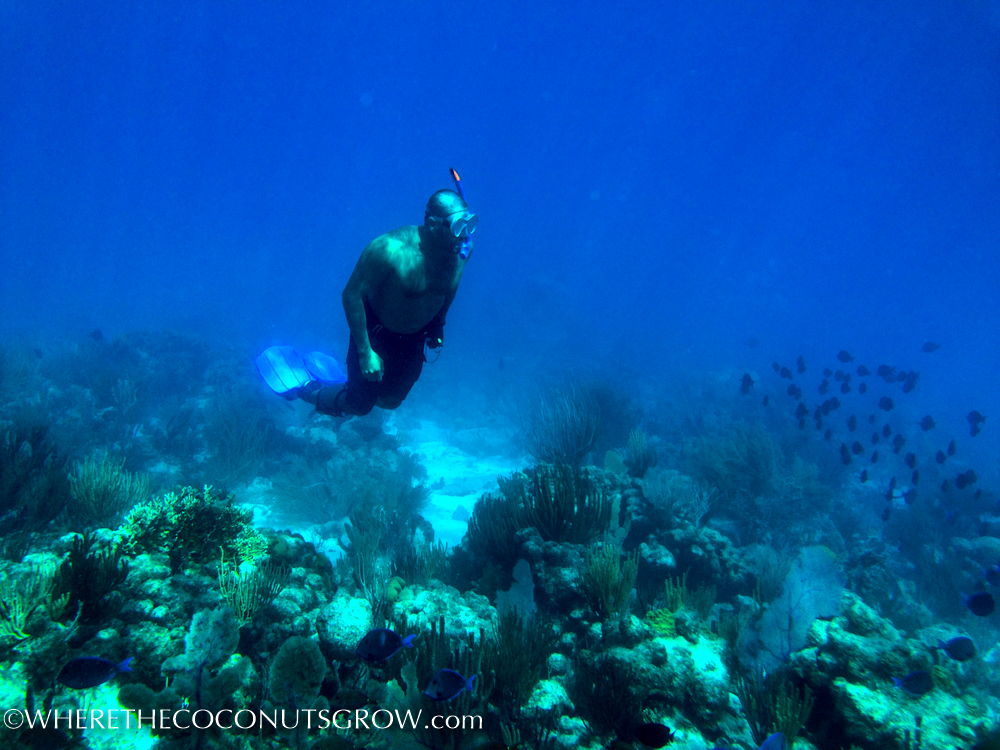
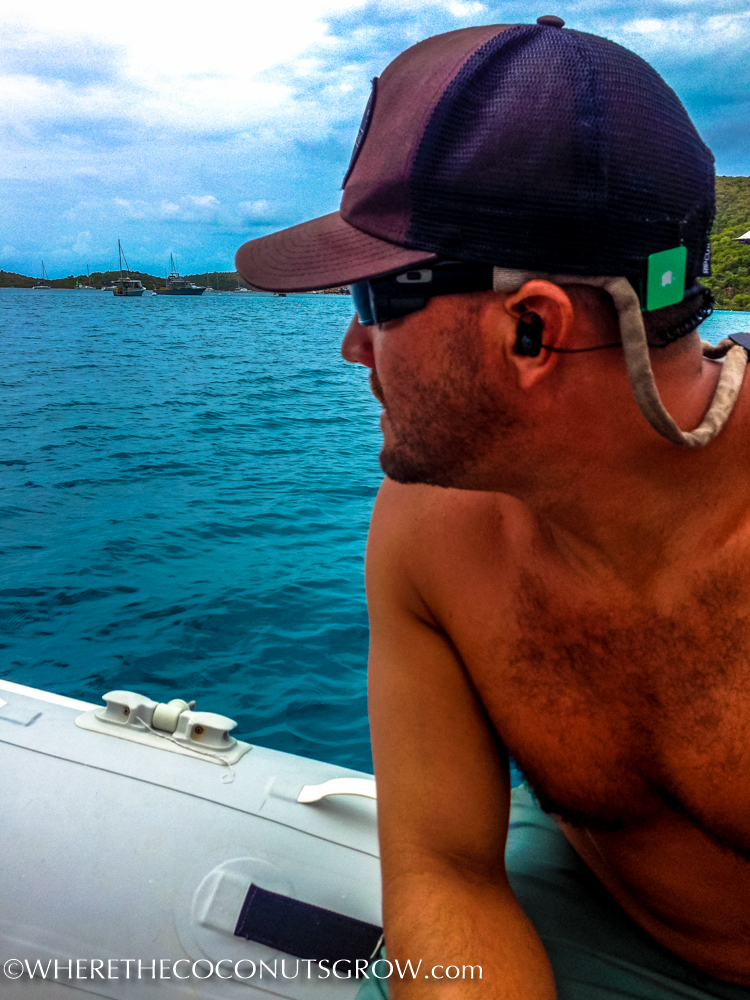
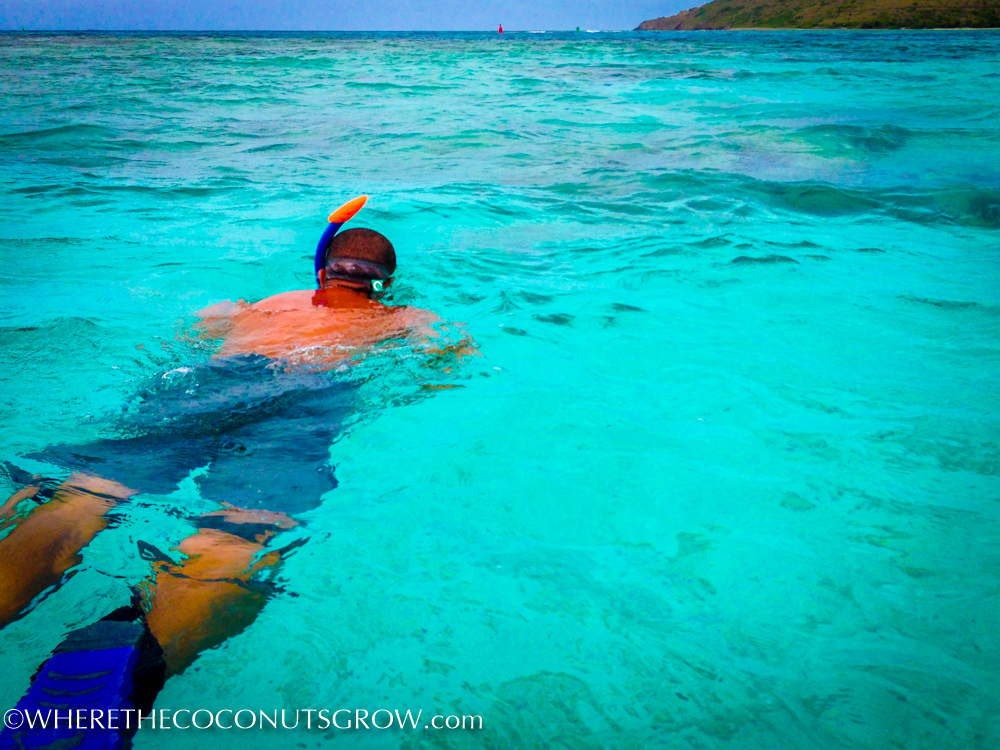
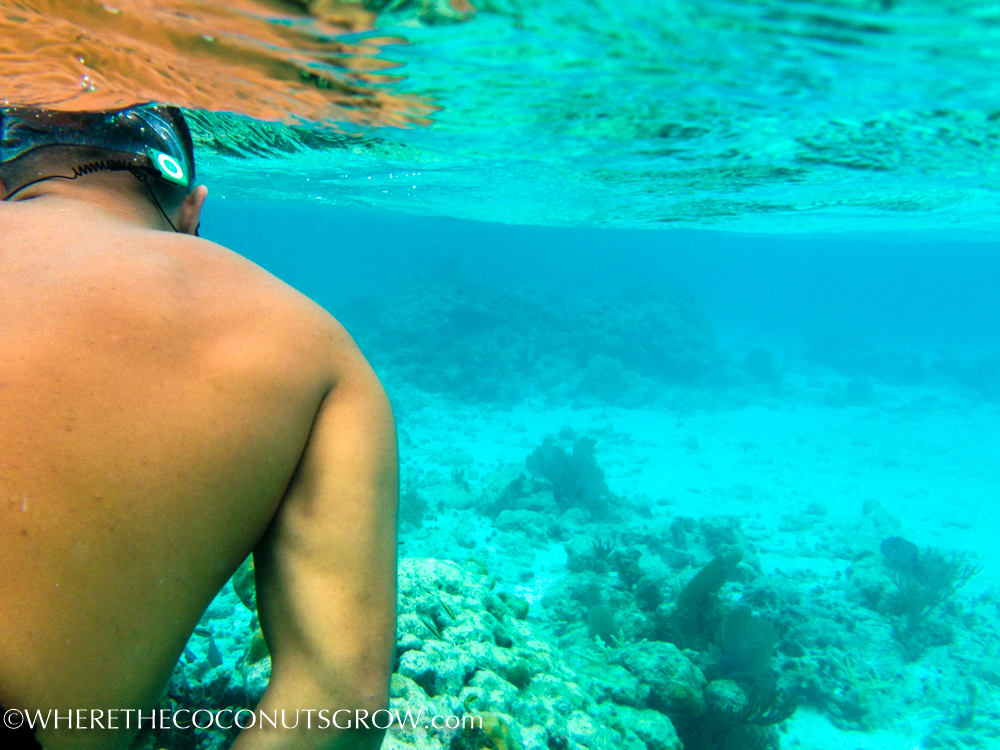
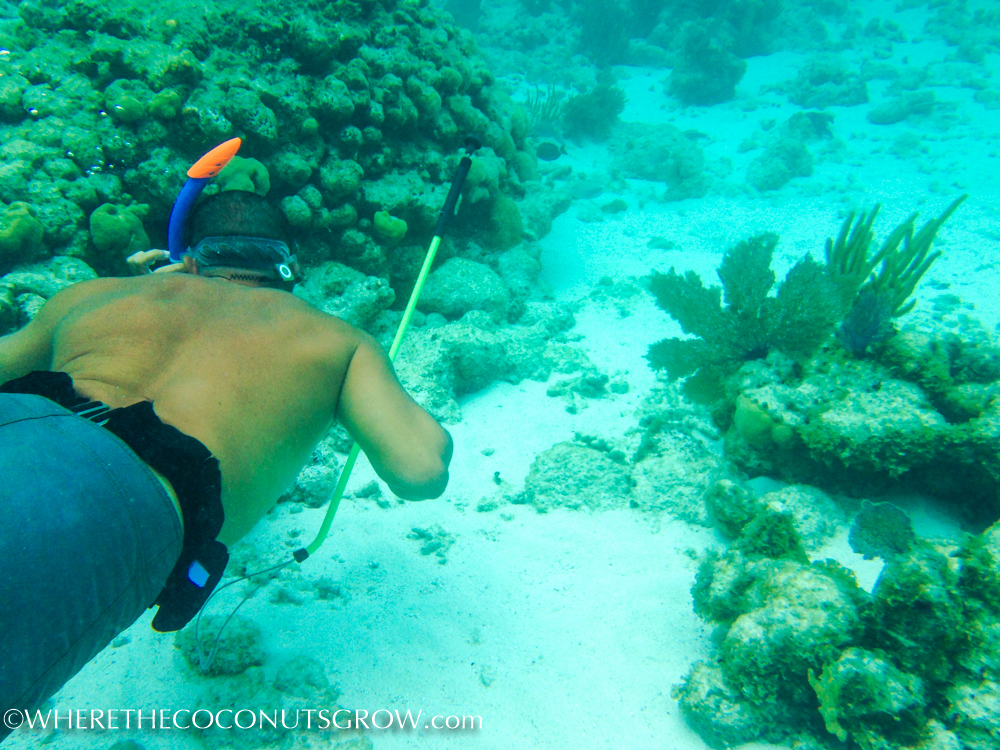
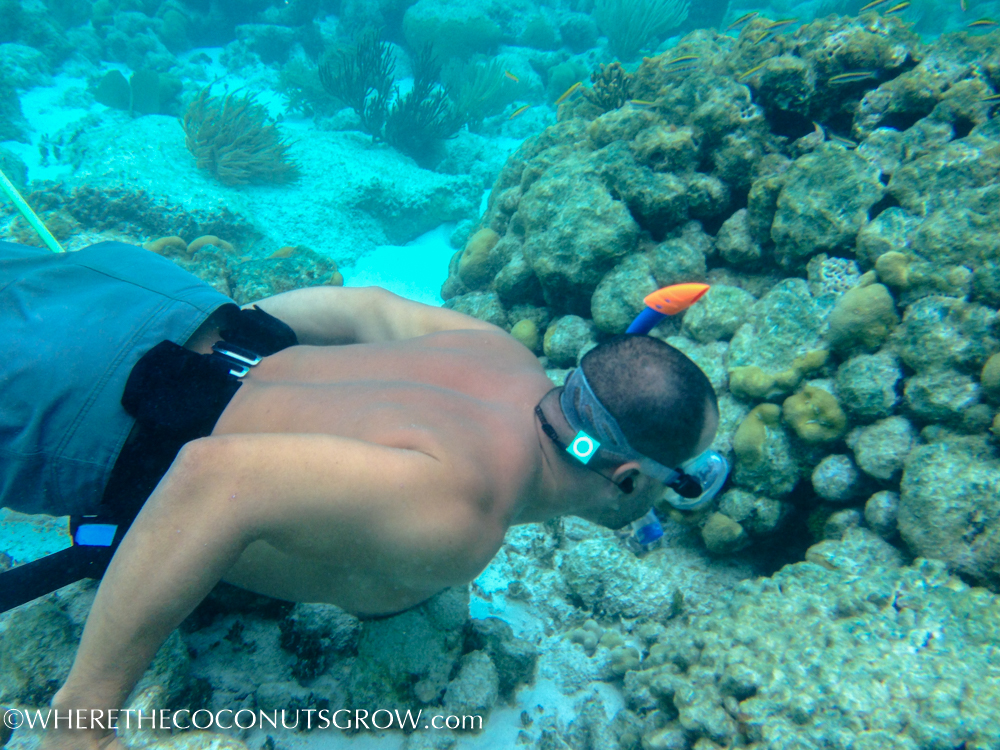
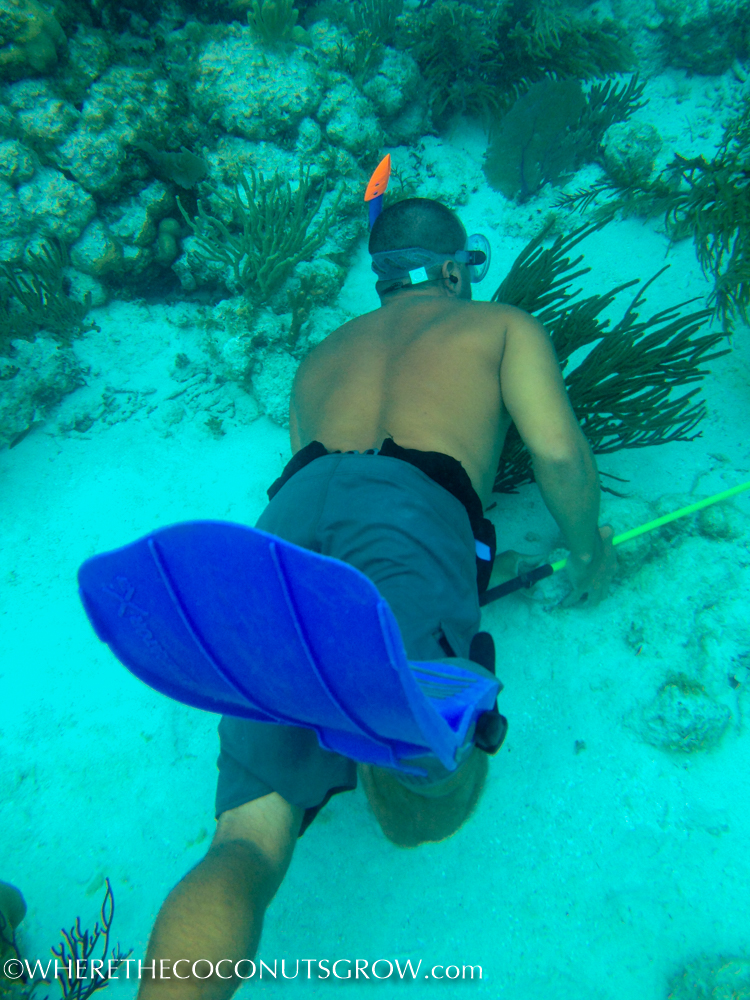
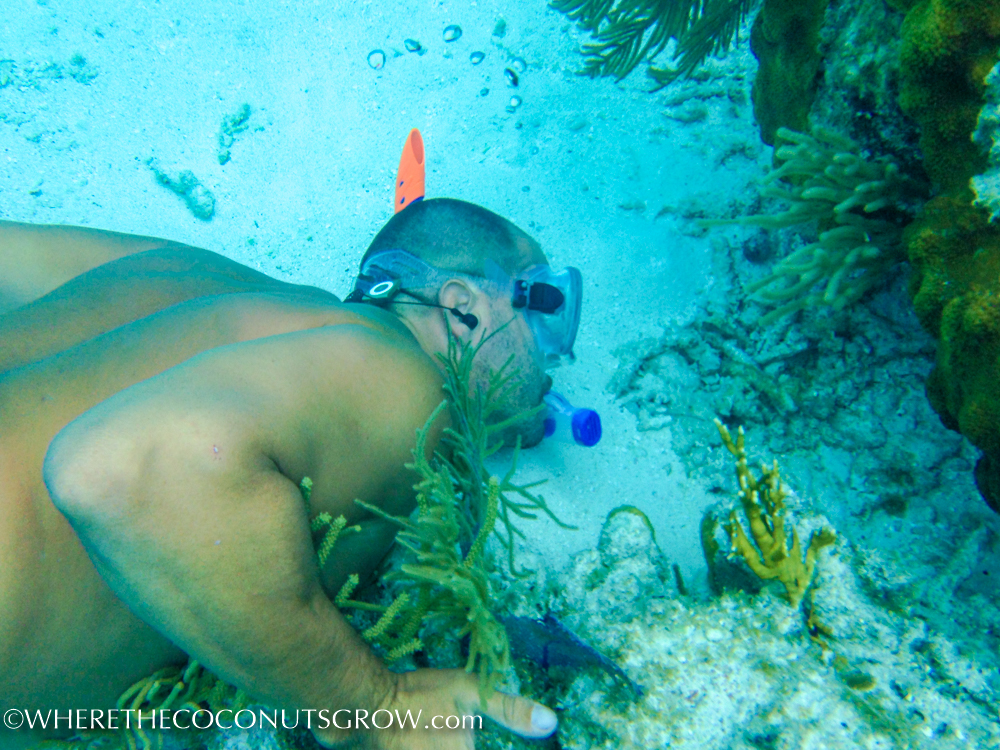
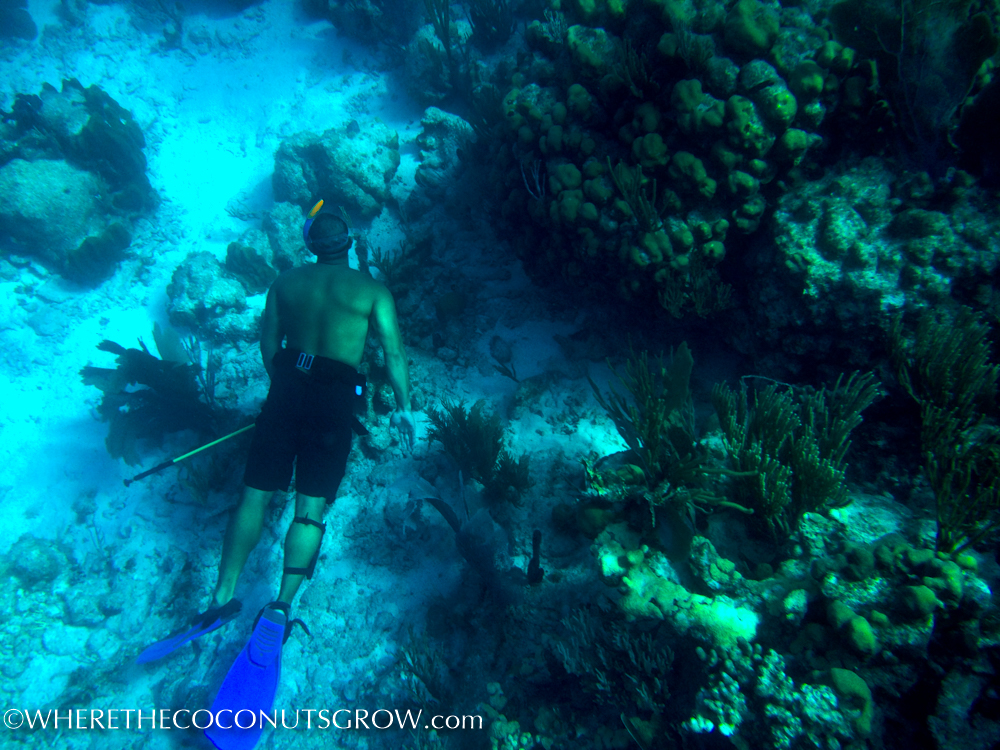
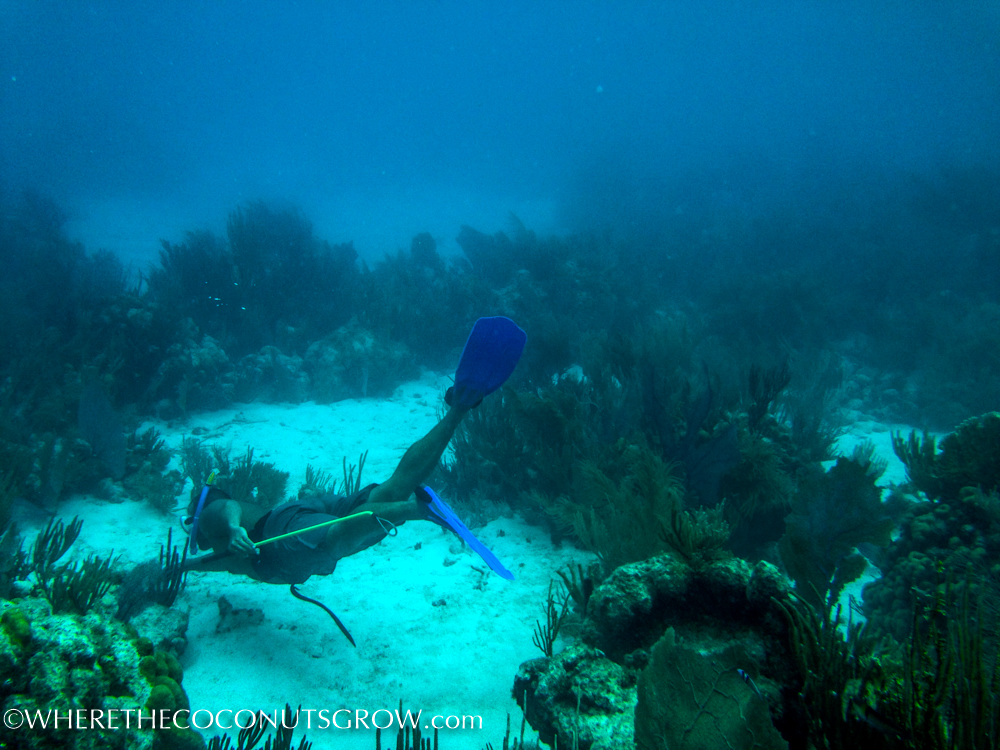
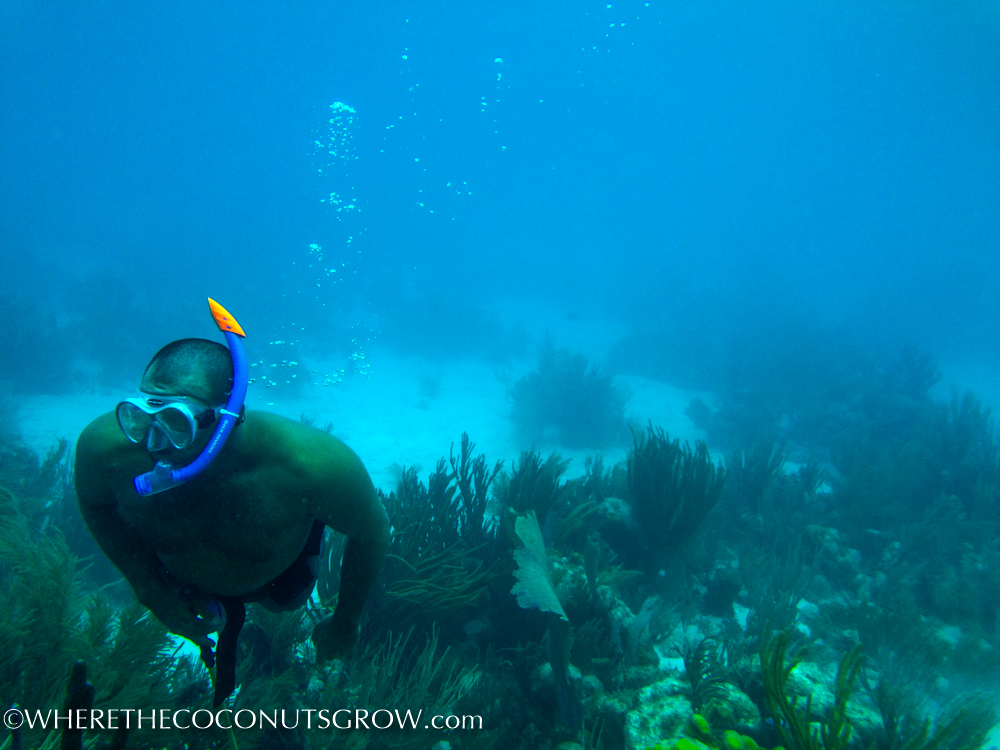
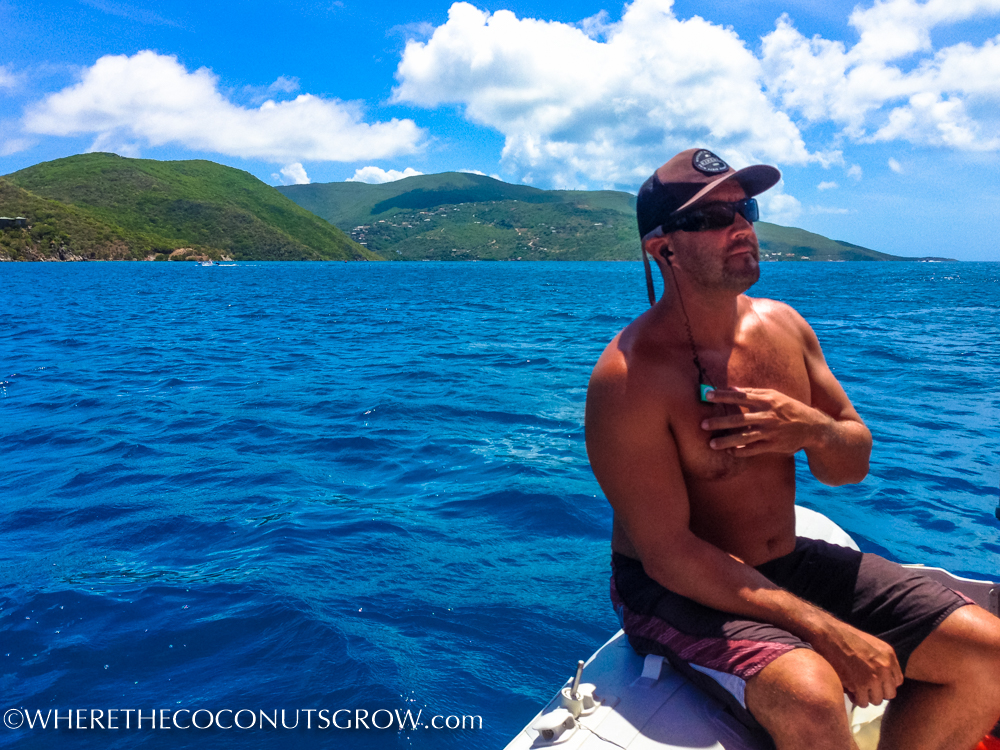
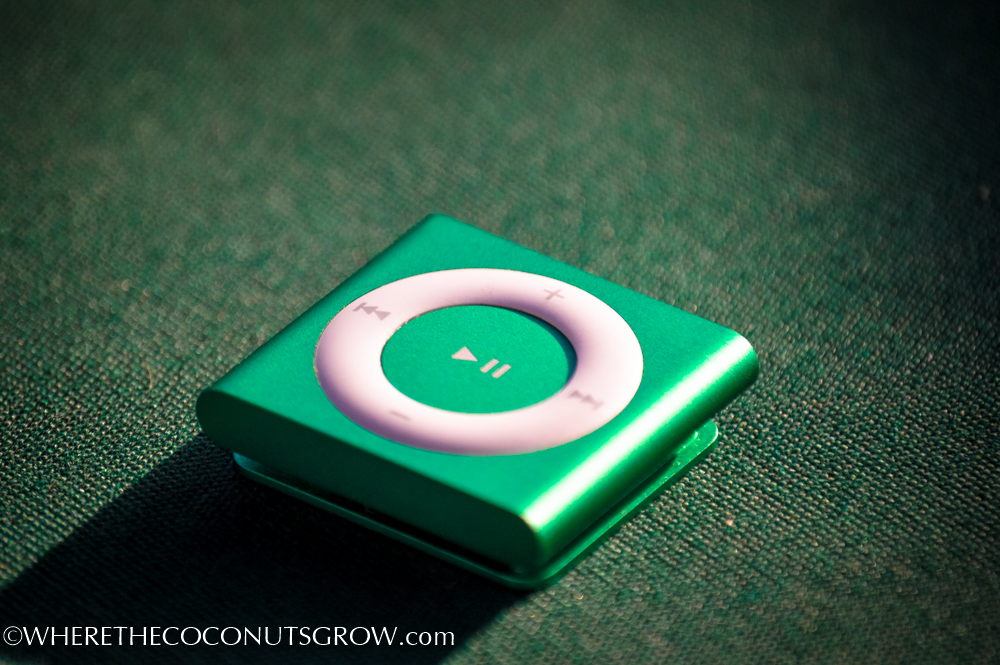
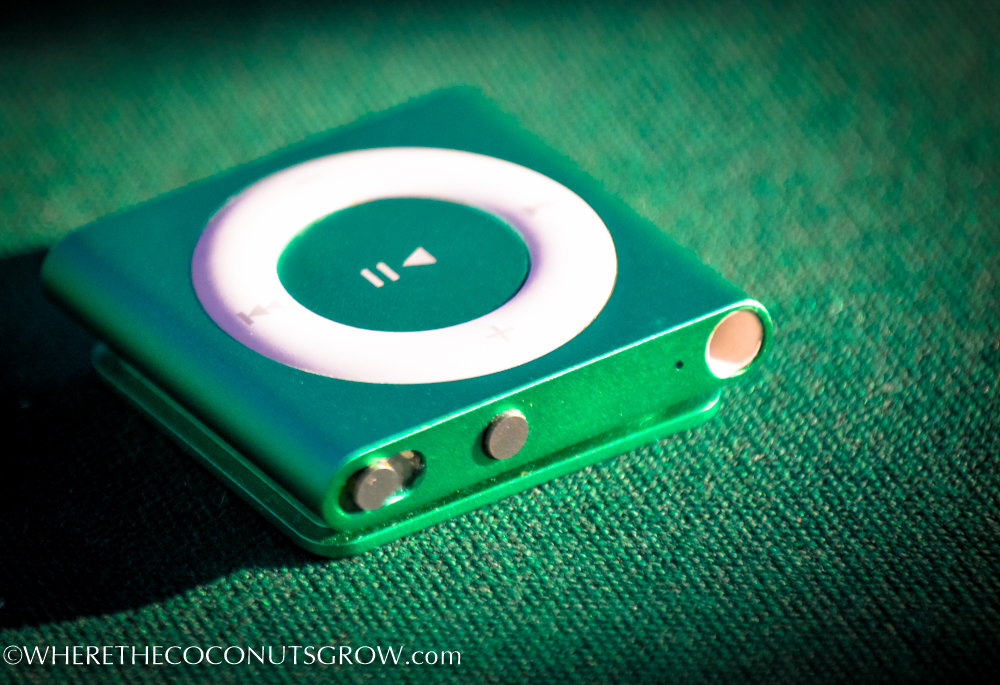
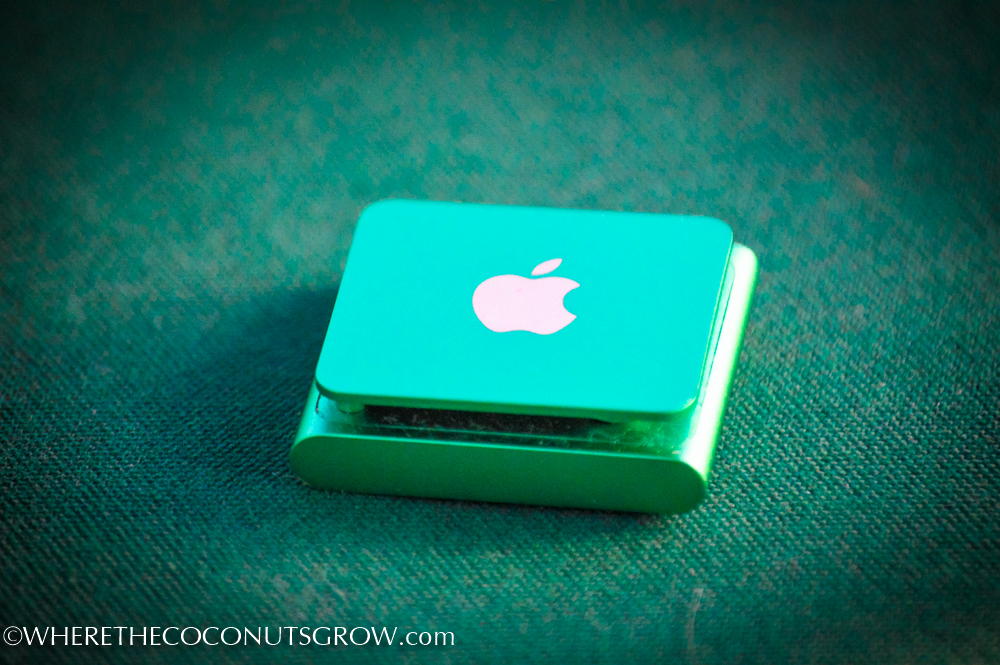
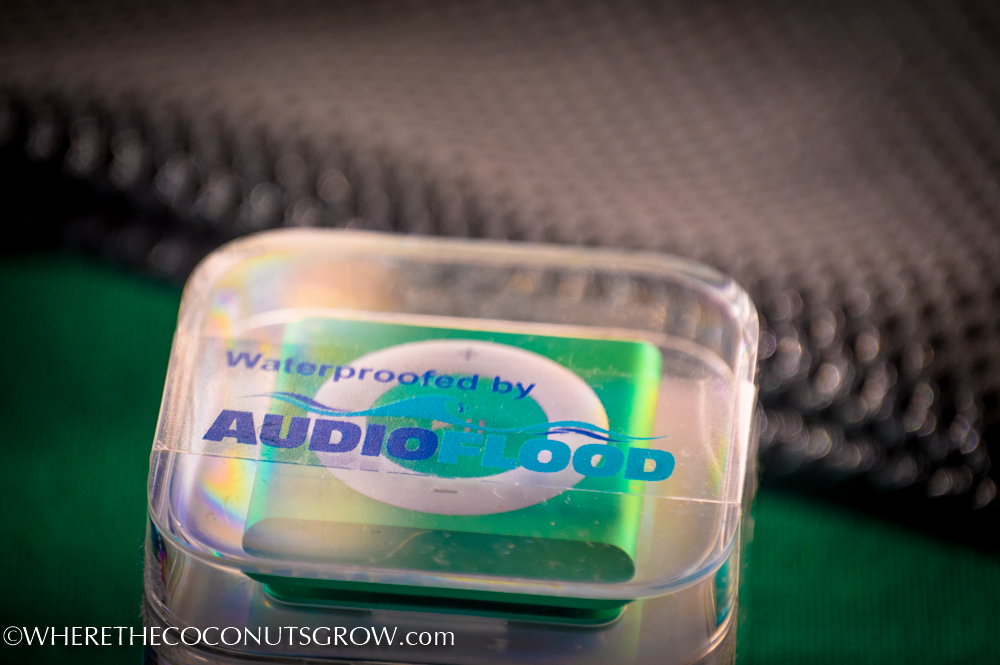
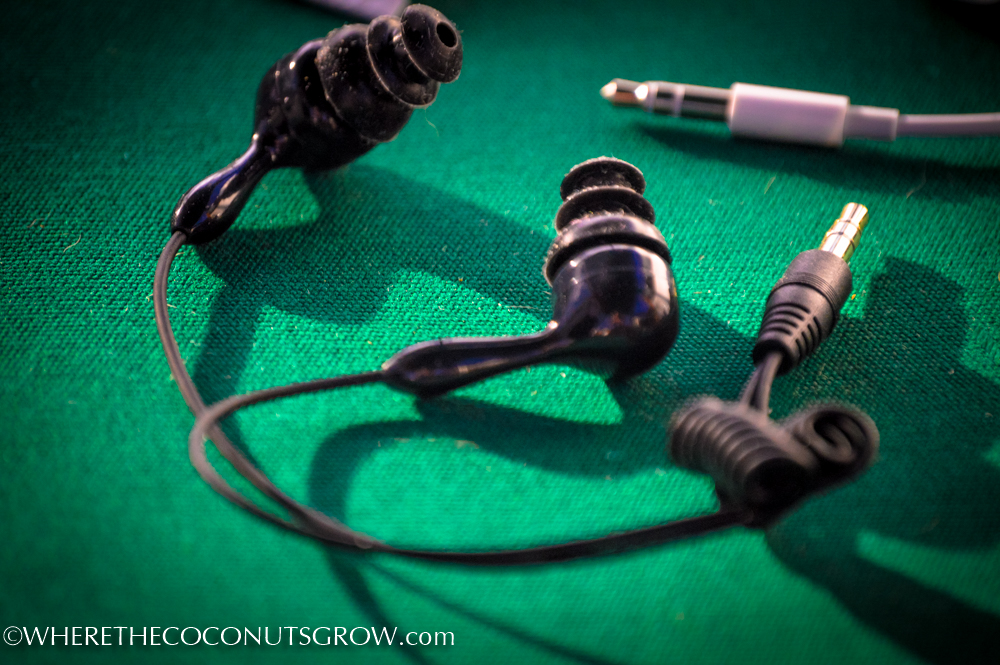
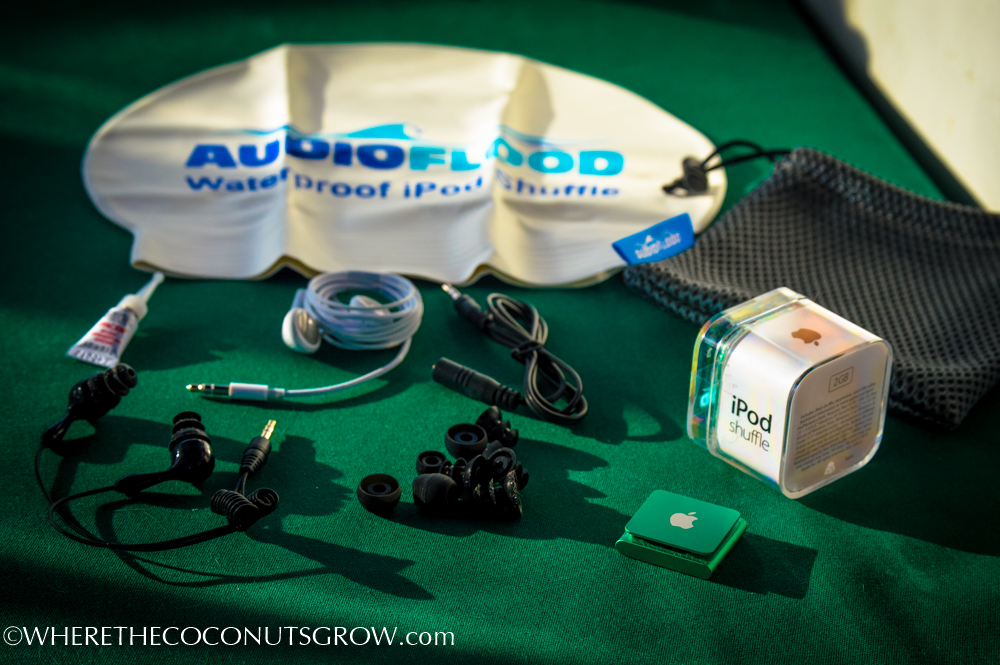
Wow Jody, your pictures are so good! Such a joy to see.
Jody,
I’m sure this is a great product but I must warn against wearing earplugs when diving or free-diving. As a PADI Certified Master Diver, I am aware of the need to keep the ears clear for equalization. There are two methods to equalize the ears when underwater. On method is to blow ones nose while pinching the nose closed. The other method is to wiggle ones jaw until the ears “pop”. Most divers use the pnch method. Wearing earplugs can impede the process of equalization. This can lead to barotrauma and even permanent hearing loss. Even free-diving in as little as 15 feet of water can put massive pressure on the ear drums. The deeper a person goes, the more the pressure.
The weight of the water above a diver exerts pressure on his body. The deeper a diver descends, the more water he has above him, and the more pressure it exerts on his body. The pressure a diver experiences at a certain depth is the sum of all the pressures above him, both from the water and the air.
• every 33 feet of salt water = 1 ATA of pressure
• pressure a diver experiences = water pressure + 1 ATA (from the atmosphere)
Total Pressure at Standard Depths (sea water)
Depth / Atmospheric Pressure + Water Pressure / Total Pressure
0 feet / 1 ATA + 0 ATA / 1 ATA
15 feet / 1 ATA + 0.45 ATA / 1 .45 ATA
33 feet / 1 ATA + 1 ATA / 2 ATA
40 feet / 1 ATA + 1.21 ATA / 2.2 ATA
66 feet / 1 ATA + 2 ATA / 3 ATA
99 feet / 1 ATA + 3 ATA / 4 ATA
The changes in pressure is why most good divers will perform a safety stop during the assent at the 15′ level to re-acclimate their bodies.
Sorry, did not mean to poop on your review but people need to be aware of the dangers. It is just not a good idea to enter the water with earbuds or earplugs.
Mark
Mark and Cindy
s/v Cream Puff
Hi Mark,
Thanks for the great information! The table that you included is very helpful as well. It’s definitely important and we are glad you took the time to share it here.
When I free dive I am supposed to wear ear plugs of some kind due to prevent swimmer’s ear because of bone growth in my ear from the cold water in San Diego. Although I rarely exceed 30 ft. while free diving, the deeper I go the more often I clear my ears. The ear plugs that are included with the Audioflood iPods are the same kind that I received from my ear doctor. All though they were originally prescribed to use for surfing, I was told some shallow diving and snorkeling was okay as well. Because I’ve used them surfing and diving for many years, I am comfortable using them where inexperienced divers should not.
We agree, if you are diving deep enough that you need to clear your ears, using this product is not recommended. Thanks again for bringing up this important topic!
-Peter, Where The Coconuts Grow
And did he find a lobster? Yum!